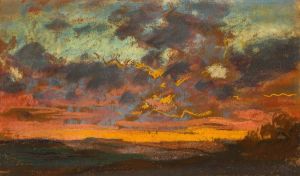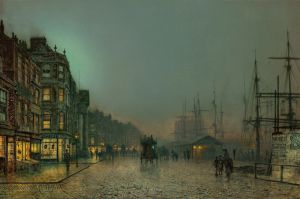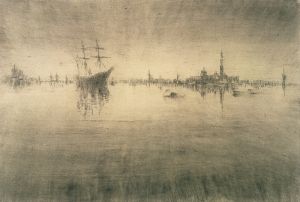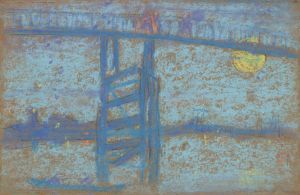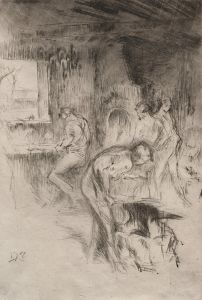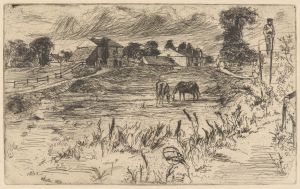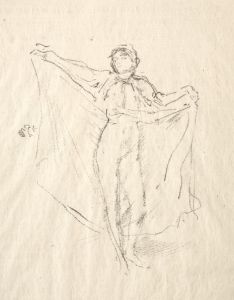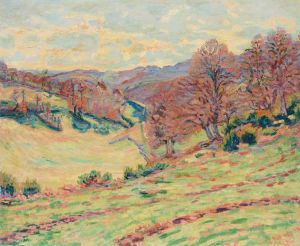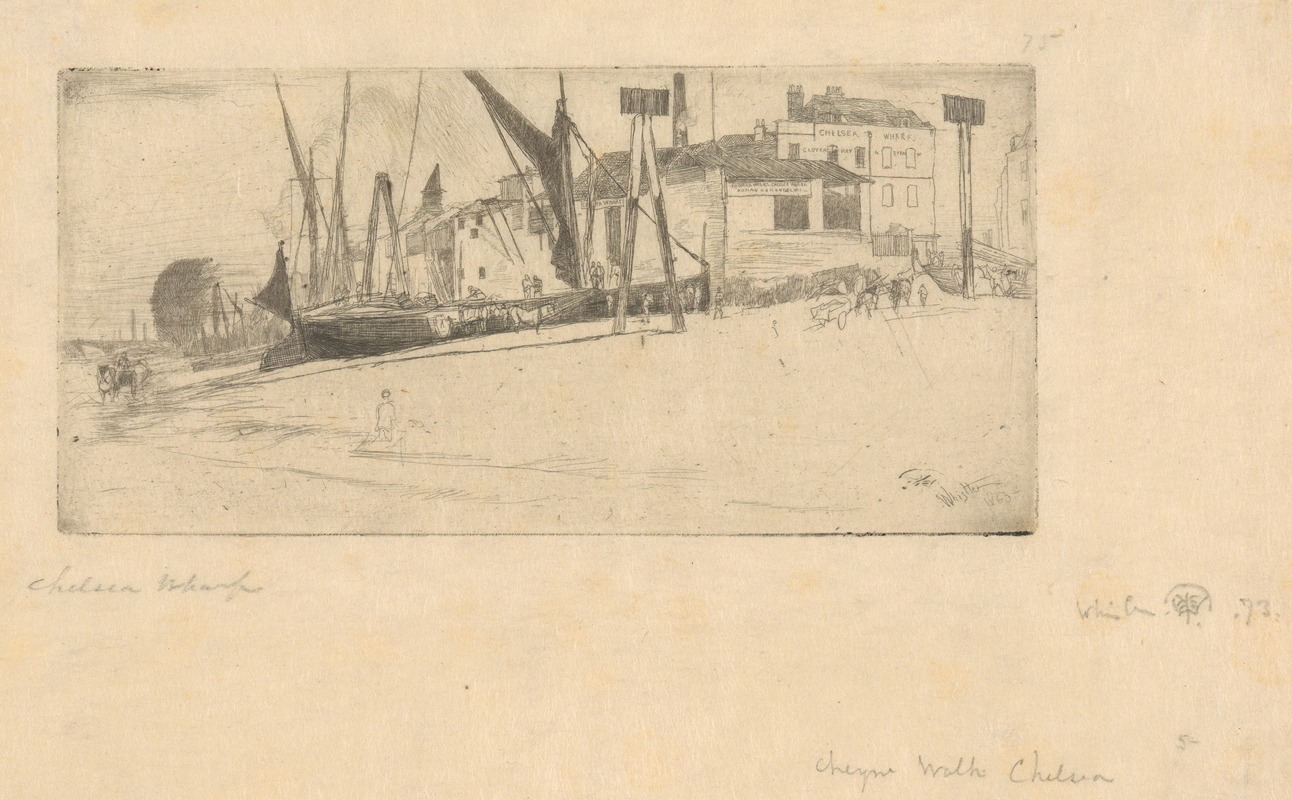
Chelsea Wharf
A hand-painted replica of James Abbott McNeill Whistler’s masterpiece Chelsea Wharf, meticulously crafted by professional artists to capture the true essence of the original. Each piece is created with museum-quality canvas and rare mineral pigments, carefully painted by experienced artists with delicate brushstrokes and rich, layered colors to perfectly recreate the texture of the original artwork. Unlike machine-printed reproductions, this hand-painted version brings the painting to life, infused with the artist’s emotions and skill in every stroke. Whether for personal collection or home decoration, it instantly elevates the artistic atmosphere of any space.
James Abbott McNeill Whistler was an American artist known for his distinctive style and significant contributions to the art world during the late 19th century. While Whistler is renowned for several famous works, such as "Arrangement in Grey and Black No. 1" (commonly known as "Whistler's Mother"), there is limited information available on a specific painting titled "Chelsea Wharf" by Whistler.
Whistler's connection to Chelsea, a district in London, is well-documented. He lived and worked in the area for many years, and it served as a significant source of inspiration for his art. Chelsea, during Whistler's time, was a vibrant hub for artists and bohemians, and the Thames River, which runs through it, often featured in his works. Whistler's fascination with the interplay of light and water is evident in many of his paintings and etchings of the Thames.
Whistler's works often focused on capturing the atmospheric effects of the environment, and he was known for his innovative approach to composition and color. His style was influenced by the Aesthetic Movement, which emphasized beauty and visual harmony over narrative content. This approach is reflected in his series of "Nocturnes," which depict the Thames at night, showcasing his mastery in rendering the subtle nuances of light and shadow.
While there is no specific record of a painting titled "Chelsea Wharf" by Whistler, it is possible that such a work could exist under a different name or as part of a series. Whistler frequently revisited similar themes and locations in his art, producing multiple works that explored different aspects of the same subject. His etchings and paintings of the Thames often include views of wharves, bridges, and the bustling activity along the riverbanks.
Whistler's artistic legacy is characterized by his ability to capture the essence of a scene with minimal detail, focusing instead on mood and atmosphere. His works are celebrated for their subtlety and elegance, and he remains an influential figure in the history of art. Whistler's time in Chelsea and his depictions of the Thames continue to be appreciated for their contribution to the understanding of urban life and the natural environment in art.
In summary, while there is no specific information available on a painting titled "Chelsea Wharf" by James Abbott McNeill Whistler, his connection to Chelsea and the Thames is well-established. His works from this period reflect his innovative approach to capturing the beauty and atmosphere of the urban landscape.





